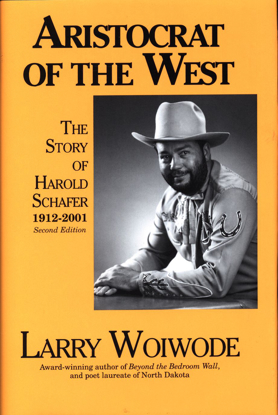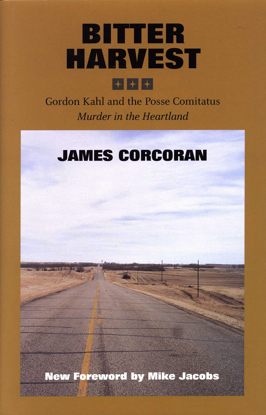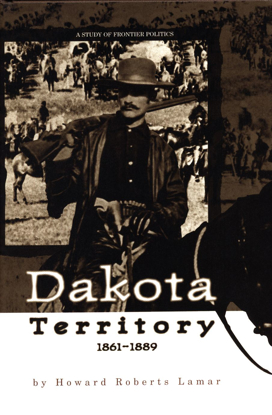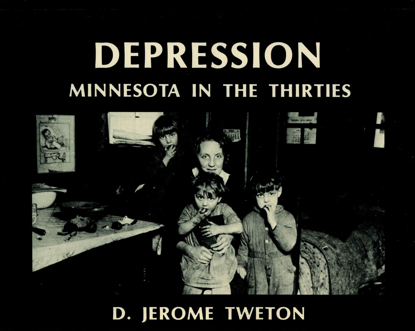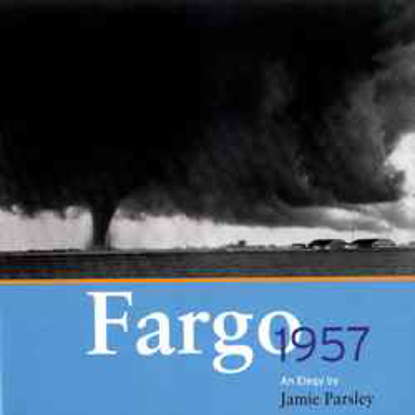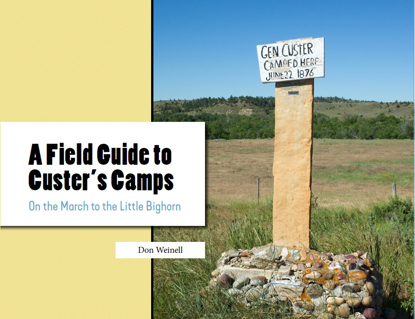History
Aristocrat of the West
Growing from the bare prairie of western North Dakota, Schafer created an empire as familiar to Americans as the soap on their shelves, which probably was produced by his Gold Seal Company. As a philanthropist Schafer's enthusiasm and optimism brought Theodore Roosevelt's old cow town of Medora from ruin to a premier tourist attraction. And to the country's political leadership he lent a key business associate as U.S. Secretary of the Interior, and a son as governor of the state.
A wonderful story of a great American grown from the eastern plains.
Bitter Harvest
James Corcoran tells the story of Gordon Kahl and the Posse Comitatus, using captivating narrative with vivid imagery. Sunday, February 13, 1983, was a sunny day in Medina, North Dakota--a seemingly peaceful church-going winter day. But hate politics was broiling in secret locations and the Heartland provided cover for those who wanted to take the law into their own hands. "Something terrible, and terribly important, was taking place," writes Corcoran. Ever a page-turner, reflect again on this story of violence and how a group of people can construct an alternative version of the law and the truth.
Dakota Territory
First published some four decades ago. This political history of the Dakotas at their infancy offers readers a powerful picture of the politicians who carved a government out of a frontier and turned it into not one, but two huge states.
By Howard Lamar
ISBN 0-911042-47-4
Copyright 1997
Hardcover
336 pages
Depression: MN in the 30s
The story of a people's struggle to hold on against the terrible economic adversity which struck in the 1930s. The book brings to life the economic chaos which confronted farmers, workers, businessmen, and bankers.
By: D.Jerome Tweton
Fargo, 1957: An Elegy
Poetry by Jamie Parsley with 60+ black & white photos. Paperback. 172pp In the early evening of Thursday, June 20, 1957, a tornado struck the city of Fargo, North Dakota. When it was done, ten people lay dead (three more would later die from their injuries), a city was devastated and countless lives would never be the same again. Among the dead were two relatives of Jamie Parsley, a poet and an Episcopal priest, who was born almost thirteen years after the storm. In this evocative and moving elegy of the storm and its victims, Parsley, an Associate Poet Laureate of North Dakota, weaves a heartbreaking story of loss, poetry, pain, faith and, ultimately, renewal, and gives voice to those victims who, before now, were unable to speak for themselves. Fargo, 1957 is the story of the resilience and fortitude of the people who survived the storm, and those who did not.
Field Guide to Custer's Camps: On the March to the Little Bighorn
Dust off your bicycle, or muddy it up, however you prefer to hit the trail. Don Weinell, a long-distance bicyclist, biked the trail described in A Field Guide to Custer’s Camps: On the March to the Little Bighorn, keeping a log of his experiences and GPS locations, which inform this travel narrative. Weinell’s on-the-ground method of exploring history puts him in contact with the elements, the terrain, and the physical demands of cross-country travel. For readers not quite ready to don rain jackets, cold- and hot-weather wear, or snakebite kits, this field guide is the next best thing to following the trail in person.
Paperback/144pp/77 full color photos and maps
























